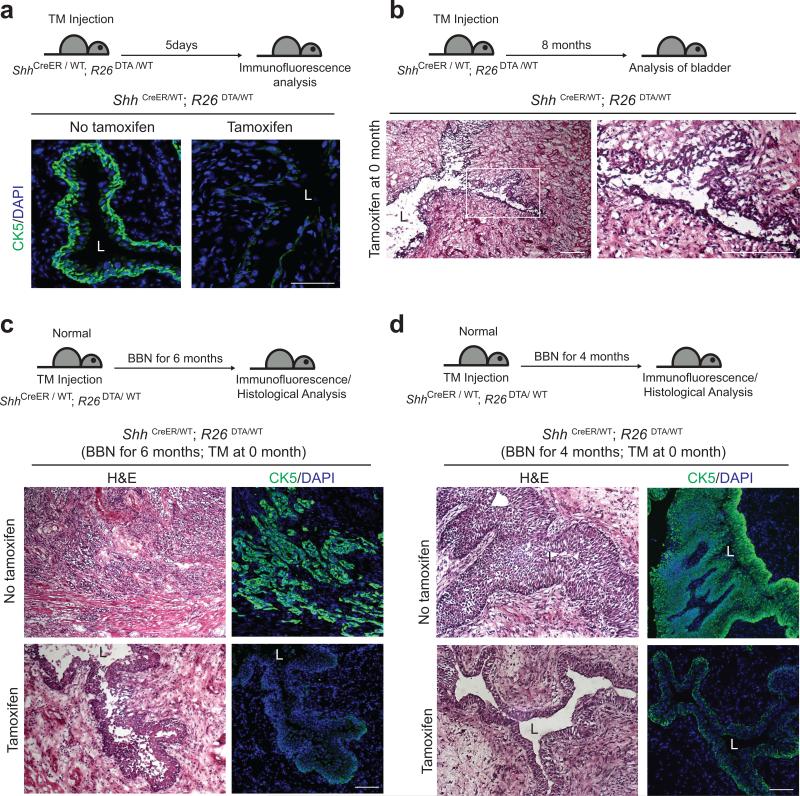Figure 3. Ablation of Shh-expressing basal stem cells confers resistance to nitrosamine-induced formation of invasive bladder carcinoma.
(a) TM was injected into ShhCreER; R26DTA mice on five consecutive days. Five days after the last TM injection, bladders were analyzed by immunostaining. Sections from the bladders of control vehicle-injected or TM-injected mice (left and right panels, respectively) were stained for CK5 (green). Note that TM treatment effectively ablates basal epithelial cells in the ShhCreER; R26DTA mouse bladder. (b) ShhCreER; R26DTA mice were injected with TM on five consecutive days to ablate Shh-expressing basal cells and were maintained for 8 months without BBN exposure. Histology of the bladder from a mouse 8 months after TM injection shows the failure of maintenance of normal bladder epithelium, resulting from loss of stem cells. Right panel shows enlarged view of the boxed region in left panel. (c, d) TM was injected into ShhCreER; R26DTA mice on five consecutive days to ablate Shh-expressing basal cells, and mice were exposed to BBN for 6 (c) or 4 (d) months. Bladder tissues were analyzed by H&E staining (left panels) and immunostaining for CK5 (green, right panels). Upper panels show bladders from vehicle controls (no TM). L, bladder lumen. Repeated experimental results for (c) are shown in Supplementary Figure 4. Scale bars, 50μm.

